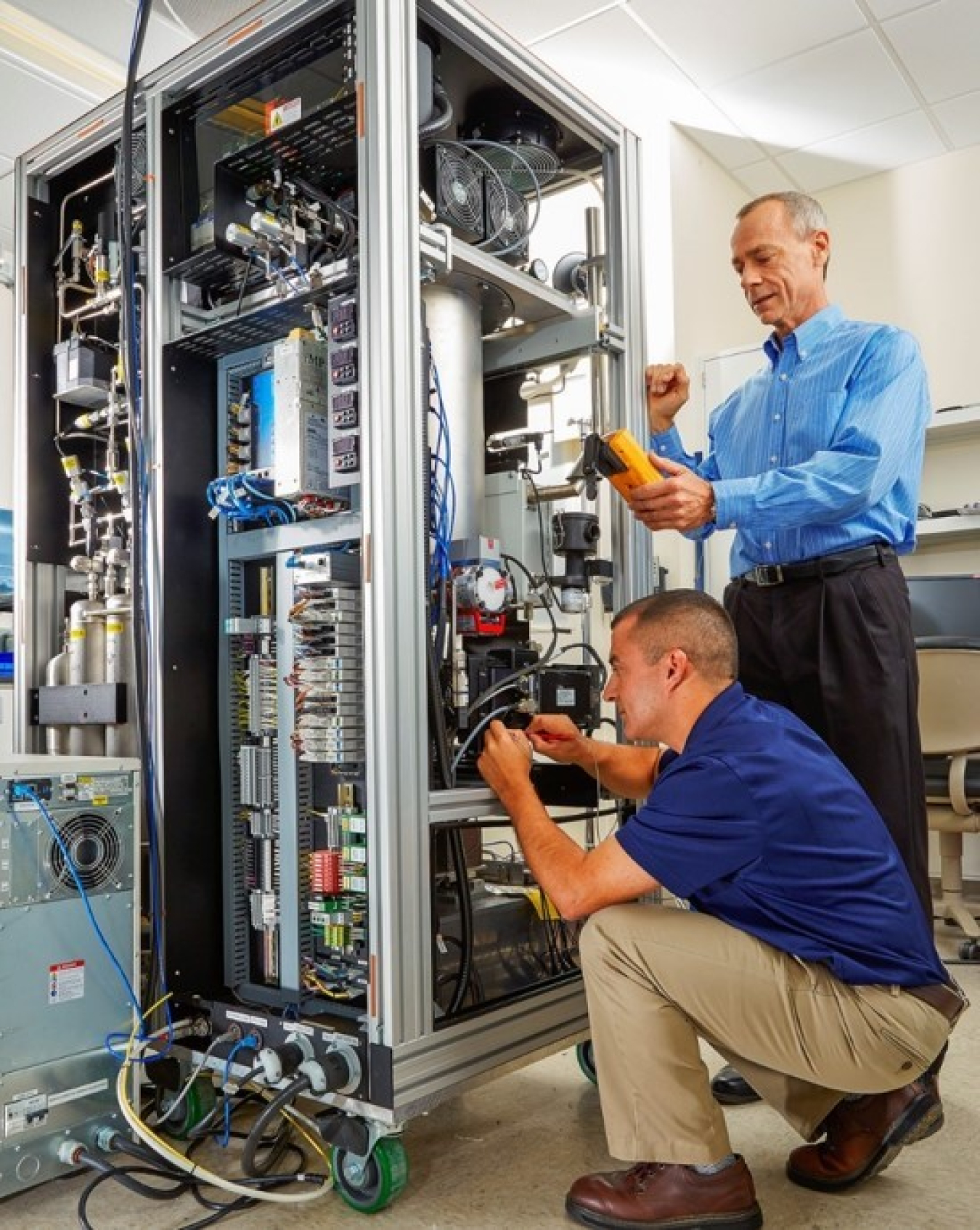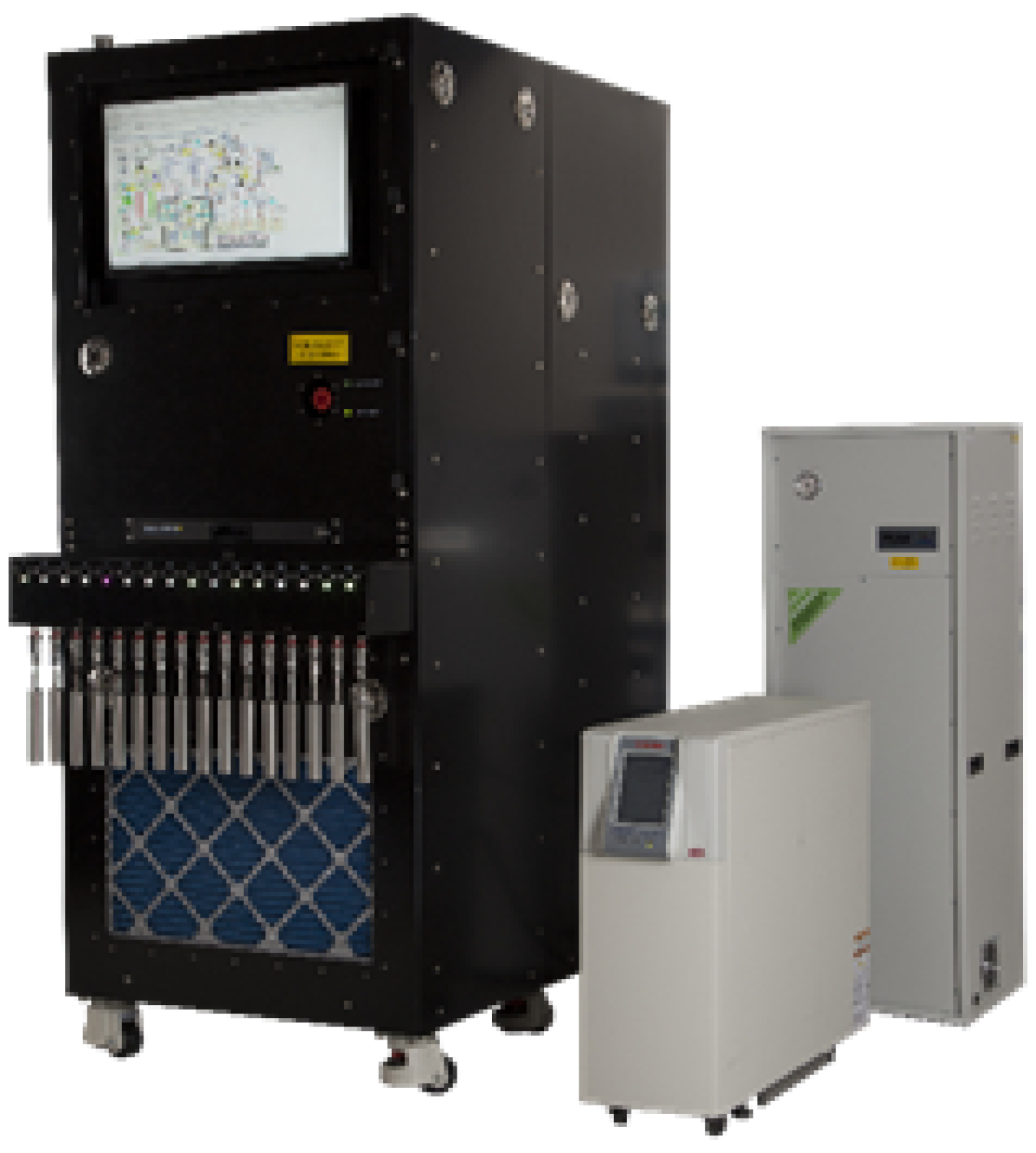An NNSA-led team of experts is preparing to launch the next generation of equipment to detect underground nuclear explosions.
National Nuclear Security Administration
November 16, 2020
An NNSA-led team of experts is preparing to launch the next generation of equipment to detect underground nuclear explosions.
Specialists from NNSA, Pacific Northwest National Laboratory, the U.S. Department of State’s Office of the Nonproliferation and Disarmament Fund , the Defense Threat Reduction Agency, and Teledyne Brown Engineering have teamed up to develop Xenon International , a monitoring and analysis unit that is smaller, more efficient, and more sensitive than today’s fielded technology.
The new device will improve the detection of radioactive xenon – radioxenon – an important part of confirming that an underground nuclear explosion has occurred. The radioactive noble gas formed in a nuclear explosion is difficult to fully contain, even in a small underground detonation, which makes it an important “signature.”
“Xenon International represents a significant improvement over the technology currently used for nuclear explosion monitoring. It’s another example of U.S. technical leadership,” said Dr. Brent Park, NNSA Deputy Administrator for Defense Nuclear Nonproliferation. “I am proud of this interagency partnership with industry to boost the international nonproliferation effort.”
Noble gas measurements must be incredibly sensitive – sensitive enough to detect about 1,000 radioactive xenon atoms in a space the size of a bedroom, for example. For the measurements to be meaningful, scientists need to be able to detect the radioxenon that amounts to one-trillionth of one-trillionth of a cubic meter of air.
The Xenon International system is about the size of a refrigerator and even through it still needs some support, it can be deployed almost anywhere in the world. It takes in a much larger air sample and processes it in half the time of today’s systems, gathering six cubic meters of air per hour (that’s about half the volume a cement truck holds). These improvements allow it to detect lower levels of radioxenon more quickly, giving scientists more accurate clues about where the gas is coming from.

The ultimate goal is for the new technology to be deployed in the International Monitoring System (IMS) , a global network of stations designed to detect the telltale signs of a nuclear explosion. Xenon International recently completed six months of phase one testing at the manufacturer’s facility, Teledyne Brown Engineering, consisting of near-continuous operation and data transmission to the International Data Centre in Vienna, Austria. The next phase is six months of field testing at an IMS station in Freiburg, Germany, which will start in the spring.
Xenon International is one of many ways NNSA is working to maintain and improve the effectiveness of international nuclear explosion monitoring, including hosting a virtual version of the Workshop on Signatures of Man-Made Isotope Production ( WOSMIP Remote ) in April, to bring together experts from the nuclear explosion monitoring and peaceful use of nuclear technology communities. Source Term Analysis of Xenon (STAX) is another interagency project designed to better understand radioxenon emissions from medical isotope production facilities to ensure they do not adversely affect nuclear explosion monitoring.
The Xenon International team has been recognized with both a Federal Laboratory Consortium Award and an R&D 100 Award .

